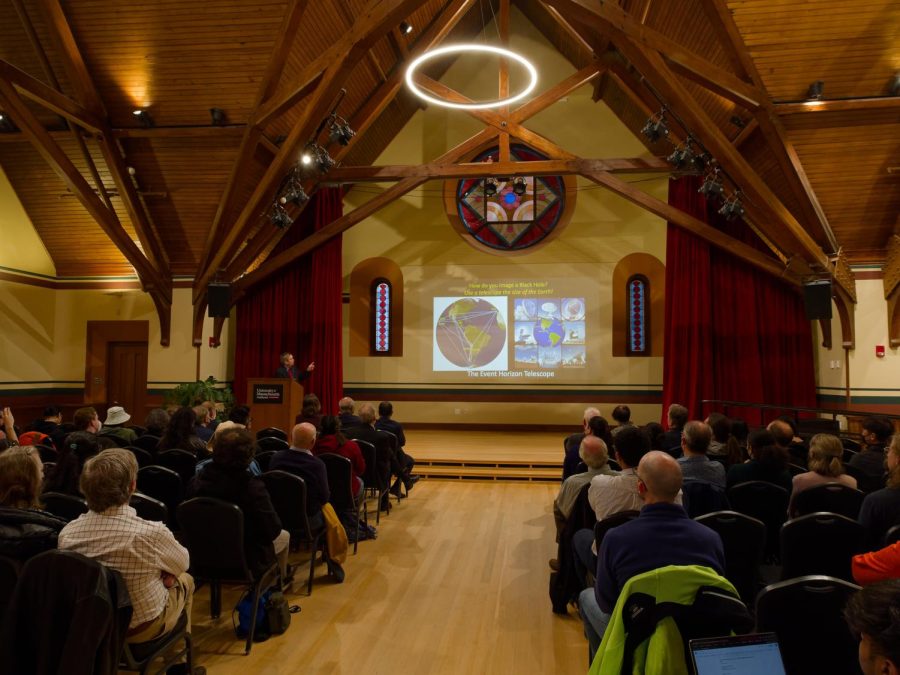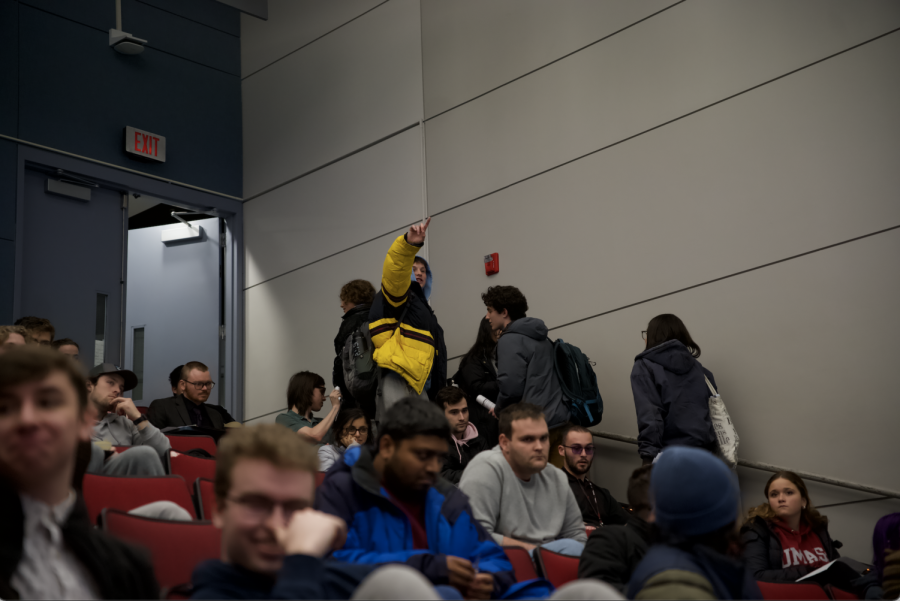
Researchers at the University of Massachusetts have discovered a new function of the protein ADAM 13 that many feel could be promising in preventing and treating cancer and facial defects during embryo development. The study was published in the February issue of “Developmental Cell.”
There are two distinct parts of the ADAM 13 protein, one section resides outside of the cell membrane and one within. The researchers have discovered that the part within the cell membrane functions differently and independently than the part outside of the membrane.
The mechanism of the outside segment has been studied thoroughly over the past 15 years, according to Dominique Alfandari, a member of the UMass Department of Veterinary and Animal Science, and one of the principal researchers of the study. It acts as a pair of scissors that cuts proteins on the surface of cells. This cutting process, in most cases, sends a signal to the cell which can change its function.
“[Scientists] understand what the implications are of losing that function in the protein,” said Alfandari,
The significance of this research, Alfandari noted, is the discovery of how the inside portion functions. Its role is ultimately to activate neural crest cell migration, which occurs during the embryonic stage and is essential in forming nearly every facial feature in vertebrates. “If you don’t have these cells, you don’t have a face. You don’t have teeth, you don’t have eyes – nothing,” said Alfandari.
The ADAM 13 protein is what activates these cell migrations which form distinct facial features and also the bones of the face. “It shouldn’t surprise anyone that a biological process this complicated is regulated at many levels and through multiple pathways,” said Steven Scholnick, director of the Developmental Biology and Genetics program at the National Institute of Dental and Craniofacial Research. Malfunctions of the ADAM 13 protein during embryonic development could result in facial defects, such as cleft palate.
The researchers experimented on frog embryos by removing or mutating the ADAM 13 protein to show how this protein functions in cell migration and facial formation. The experiments usually ended with dire results. Likewise, defects that prevent neural crest migration in humans usually result in unviable embryos. When the defects are milder they result in facial anomalies such as cleft palate. The researchers hope that understanding the molecules important for neural crest migration in frog embryos will help detect and prevent these defects in humans.
In addition, abnormal activation of ADAM proteins in adult cells can increase their ability to move throughout the body and interfere with natural functioning, research shows. Therefore, increased activation of ADAM proteins in cancer cells could lead to increased metastasis.
This study could potentially lead to better cancer treatments, as the ADAM protein plays a role in tumor growth in adults. According to Alfandari, scientists can “use this knowledge to try to prevent [cancer cells] from either escaping or invading other organs.” This research also is likely to help treatment development. “It’s very probable that this discovery would help people design new drugs to prevent cancer metastasis,” said Helene Cousin, another researcher at UMass.
Alfandari is proud of the work done by himself and his colleagues. They have been studying ADAM proteins since the late 1990s.
“Dr. Alfandari and his colleagues, in fact, have been leaders in working on the role of the ADAM proteins in craniofacial development for some time,” Scholnick said. “This [study] is a very nice example of how research teams working with different models can study the same biological process in complementary ways. Some of the experimental approaches taken in this study are only possible in an organism like Xenopus [aquatic frog species], helping to make the case for taking diverse approaches to a biological problem.
“The teachers [students] have here at UMass are discovering things that nobody else in the world is discovering,” he added.
The research was conducted in cooperation with a member of the faculty at the University of California San Diego.
Alfandari and his colleagues have plans for further research.
Michael Roberts can be reached at [email protected].






